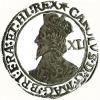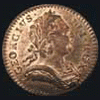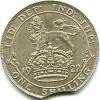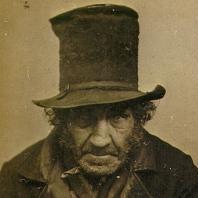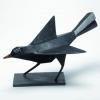Hopefully you've all had a good Christmas, and as its now over I have a new type for the New Year . I'm sure most of you know that there are two types of 1905 penny listed, the F160 with the E in PENNY pointing to the gap between the teeth [ early type] , and the F161 with the rotated E pointing to the tooth [late type]. Well I noticed some time ago that some of the F160s have a small zero in the date, this by its self seemed of little importance , but I later realised that all of the pennies with the large zero , both F160s and F161s all have the straight bottoms to the Es in PENNY, whereas the small zero type, on all the examples I have managed to find , have the wavy bottomed Es. The straight and wavy Es were both in use from 1899 through to 1905, but only the straight type from then on. The small zero was used from 1901 to 1905, and after this the large zero from 1905 to 1908. This means that it is a transitional type reverse die used between the 1904 F159 and the 1905 F160. It also suggests that the differing bottoms to the Es, was a Font change, rather than a warn die creation. As if it was caused by wear, then you would expect to find at least some of the F160s and the F161s with the large zeros to have the wavy Es . Terry
Top :- New type F160
Middle :- F160
Bottom :- F161
 Coinpublications.com
Coinpublications.com
.jpg.59f7f7c5ad8ff67a70f8db9e7dffd413.thumb.jpg.0826c31400cad2e4de5fe0a6afd6fd8b.jpg)
